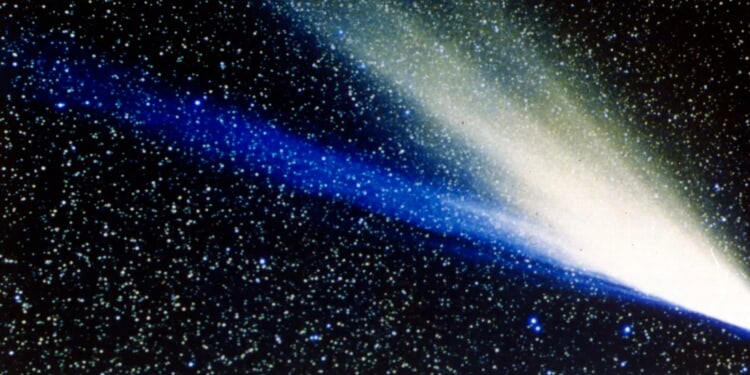3I/ATLAS, an interstellar object the size of Manhattan, recently showed signs of non-gravitational acceleration and was seemingly “bluer than the Sun” as it went past Earth’s local star. According to Harvard University astrophysicist Avi Loeb, these could potentially be signs that it has an alien craft “engine.”
NASA recorded the non-gravitational acceleration of the object, indicating a significant outgassing which is normal of a comet. Under normal circumstances, this translates to it losing half of its mass, and in the next few months, showing a large stream of debris. (RELATED: NASA Activates Earth Defense Group Over Concerns Of Manhattan-Sized Comet With Possible Alien Technology)
In a recent paper, Loeb made the suggestion that the object’s acceleration, as well as its blue coloring, could possibly be signs of a spacecraft that was artificially constructed.
“Alternatively, the non-gravitational acceleration might be the technological signature of an internal engine,” wrote Loeb in a Friday post on Medium. “This might also explain the report on 3I/ATLAS getting ‘bluer than Sun.’”
Manhattan-sized interstellar object 3I/ATLAS accelerates and turns bluer — possible signs of alien ‘engine’: Harvard scientist https://t.co/Fsz6TU544F pic.twitter.com/GTOlNXL0Ee
— New York Post (@nypost) November 1, 2025
“It could potentially be explained by a hot engine or source of artificial light,” Loeb wrote, also stating that it could potentially be a part of a comet‘s nature.
Coming within 172 million miles of the sun, telescopes on Earth weren’t able to measure the space object, according to the New York Post.
According to a US Naval Research Lab paper, multiple crafts orbiting the sun in front of Earth were able to measure the object to show a “rapid brightening” with the apparent comet seemingly “distinctly bluer than the Sun.”
The color of the object is “very surprising” and contradicts previous observations that saw the object red before turning green, per Loeb.
It’s anticipated that 3I/ATLAS will make its closest Earth passing Dec. 19, which will be around 167 million miles away, per The Post. This will give space researchers their best opportunity to make the determination if the object is indeed a comet or actually an artificial craft.


![Scott Bessent Explains The Big Picture Everyone is Missing During the Shutdown [WATCH]](https://www.right2024.com/wp-content/uploads/2025/11/Scott-Bessent-Explains-The-Big-Picture-Everyone-is-Missing-During-350x250.jpg)








![AG Bondi Says 'Everything is on the Table,' Government 'Weaponization Has Ended' [WATCH]](https://www.right2024.com/wp-content/uploads/2025/09/AG-Bondi-Says-Everything-is-on-the-Table-Government-Weaponization-350x250.jpg)





